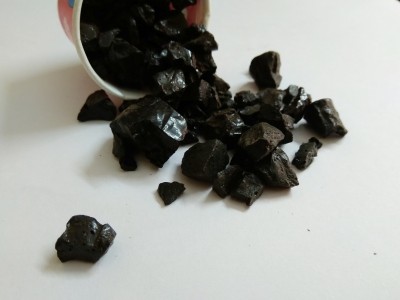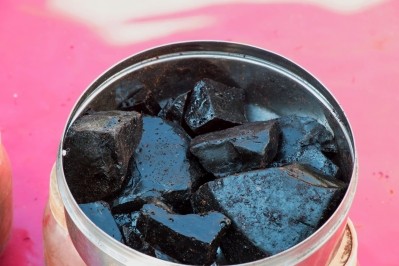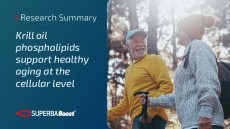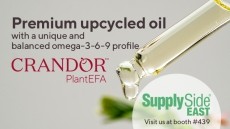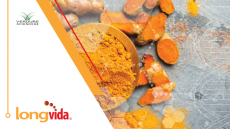Natreon’s Shilajit extract shows bone health promise for postmenopausal women: RCT
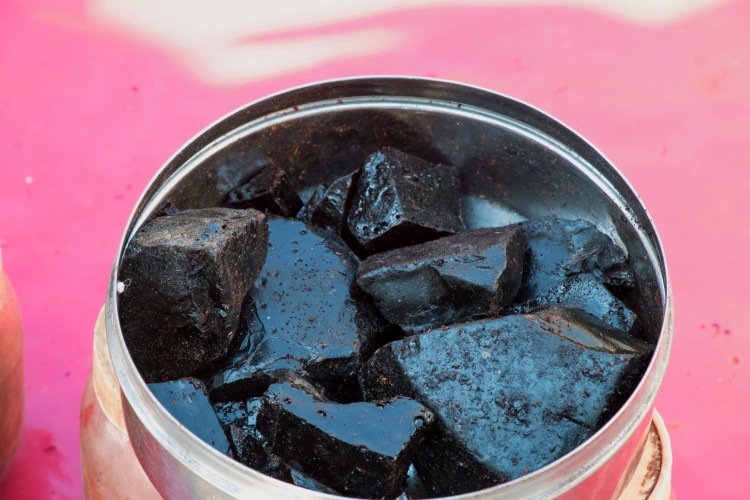
Shilajit, a herbo-mineral exudate, is derived from mountainous regions across Asia. It is also called mumie, moomiyo, or mummiyo. The “fluvic mineral complex exudate” is composed of fulvic acids, dibenzo-alpha-pyrones, proteins, and minerals.
The new study used Natreon’s PrimaVie Shilajit, which has previously been studied for a range of health endpoints, including healthy aging, energy, and testosterone increases in healthy males. Natreon reportedly obtains its Shilajit from the Himalayas.
The new study, published in Phytomedicine, indicates that Shilajit may also offer benefits to postmenopausal women by supporting bone mineral density (BMD) and decreasing bone turnover.
“To our knowledge, this is the first clinical research showing a dietary shilajit ingredient improves BMD,” wrote Usharani Pingali and Chandrasekhar Nutalapati from the Nizam's Institute of Medical Sciences in India.
"Critical to healthy aging"
The study's findings were welcomed by Anthony Thomas, PhD, Director, Scientific Affairs for Natreon Inc.
“PrimaVie Purified Shilajit supplementation has been shown to reduce oxidative stress and inflammation as well as enhance the body’s production of collagen proteins, which suggests bone health benefits," said Dr Thomas. " Such benefits were recently supported by the results of a clinical trial showing preservation of bone mineral density in conjunction with reductions in oxidative stress and inflammation in postmenopausal women.
"Reducing bone loss with aging, particularly during the menopause transition, is critical to healthy aging, so PrimaVie Purified Shilajit provides an easily implementable dietary approach to support collagen-rich tissues like bone.”
Study details
The new study included 60 postmenopausal women with BMD loss (osteopenia) and randomly assigned them to one of three groups: Placebo, 250 mg of shilajit extract (PrimaVie, Natreon), or 500 mg of shilajit extract for 48 weeks.
Results showed that there was a dose-dependent attenuation in BMD loss in the shilajit extract groups, meaning that the BMD increases in the 500 mg group were greater than those in the 250 mg group.
Markers of bone turnover (CTX-1: C-terminal telopeptide of type I collagen, BALP: bone-specific alkaline phosphatase, and RANKL: receptor activator of nuclear factor kappa-B ligand) decreased in the shilajt groups. However, OPG (osteoprotegerin) increased in both shilajit groups, said the researchers.
In addition, MDA, a marker of oxidative stress, and hsCRP, a marker of inflammation, also decreased over the course of the study for women receiving the shilajit supplements, compared to placebo.
The authors noted that shilajit is rich in humic substances such as fulvic acids, and that PrimaVie is standardized to more than 50% fulvic acids. These acids are reported to complex with minerals to potentially improve absorption, which could be important for boosting BMD.
“It is unclear from this study if such an interaction may have contributed to the reduced bone loss observed in women supplemented with the shilajit extract, but should be considered in future research, particularly in populations with low background dietary calcium intake given its influence on bone loss,” they wrote.
To conclude, Pingali and Nutalapati wrote: “In this study, daily supplementation for 48 weeks with a unique, standardized aqueous extract of shilajit, previously shown to have anti-inflammatory, antioxidant, and collagen-inducing effects, was shown to prevent bone loss in postmenopausal women with osteopenia, thereby reducing risk of osteoporosis and bone fracture in this at-risk population.”
Source: Phytomedicine
Volume 105, October 2022, 154334, doi: https://doi.org/10.1016/j.phymed.2022.154334
“Shilajit extract reduces oxidative stress, inflammation, and bone loss to dose-dependently preserve bone mineral density in postmenopausal women with osteopenia: A randomized, double-blind, placebo-controlled trial”
Authors: U. Pingali & C. Nutalapati

